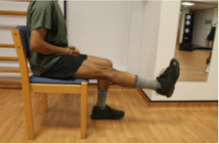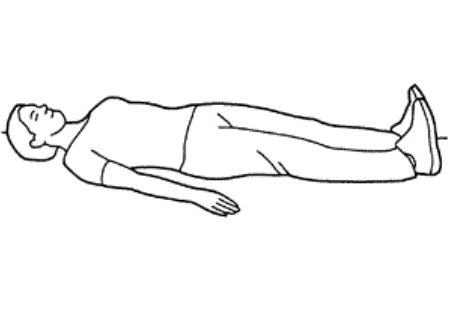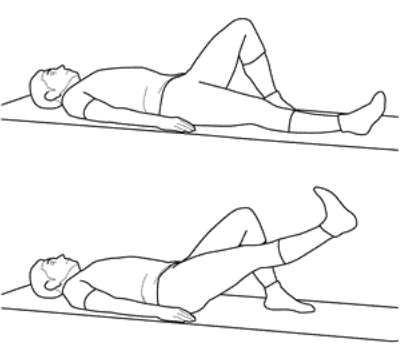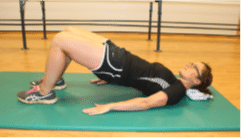Progressive exercises
Once the basic exercises become easier and less painful to perform it is a good time to increase the loading on your tendon and build strength. This will help your tendon recover further and reduce the likelihood of the condition returning again.
Because these exercises are more strenuous, it is recommended only carrying them out once every other day. A rough guide would be to perform 8-12 repetitions of each exercise and 2-4 sets of these repetitions. Allowing a break of 30 seconds to 1 minute between sets is advisable. Pain can help guide numbers of repetitions and sets.
Knee straightening
Sitting in a chair, bend and straighten your knee whilst keeping your thigh muscle tense as your straighten and bend.

Squat
Sit on the edge of the chair and without using your hands, push with your leg to stand up, slowly lower your bottom back to the seat.

Step down
Stand on step and then step off with unaffected leg first in slow, controlled manner.




